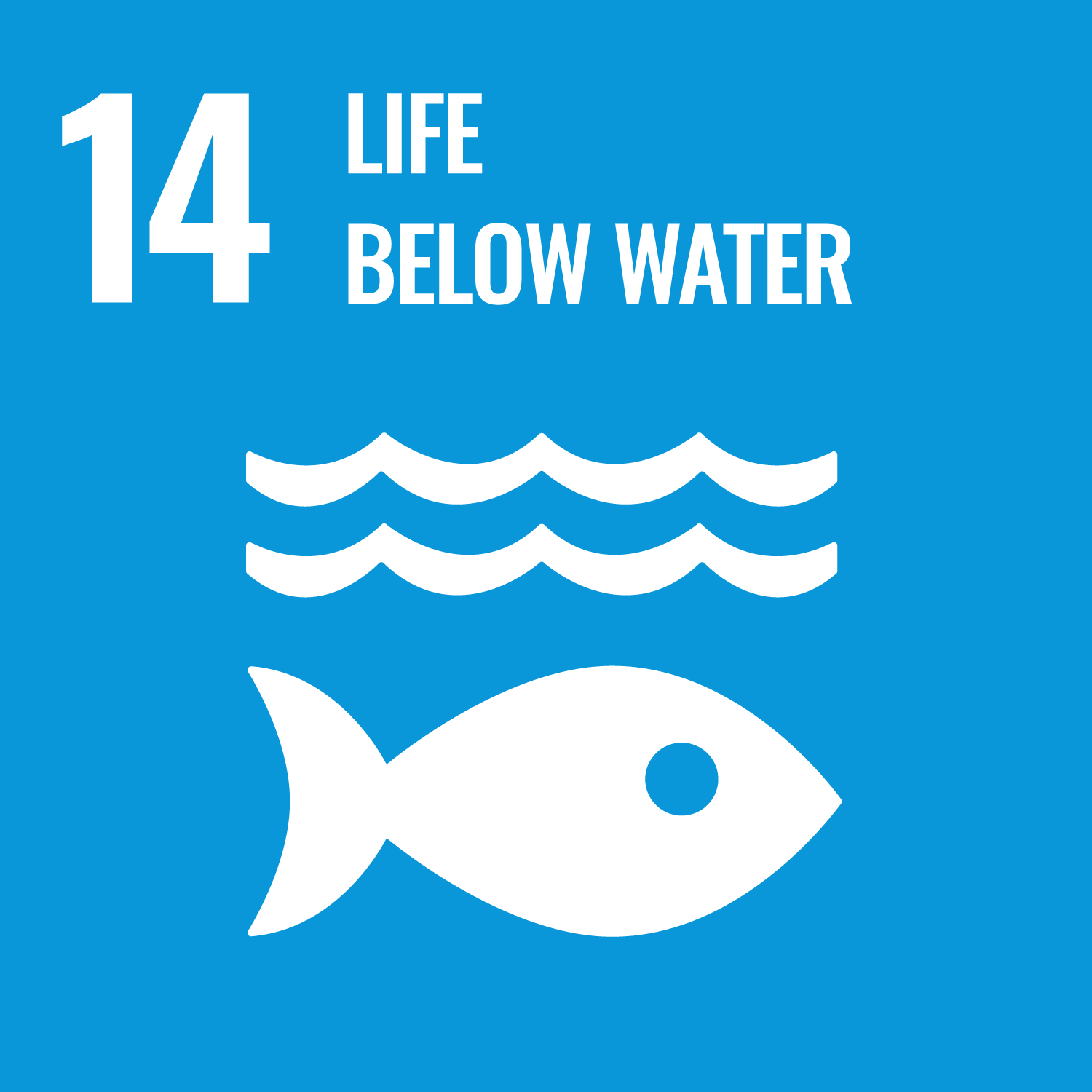ORCID
- F Mendrik: 0000-0002-3151-1474
Abstract
Coastal ecosystems, such as coral reefs, are vulnerable to microplastic pollution input from proximal riverine and shoreline sources. However, deposition, retention, and transport processes are largely unevaluated, especially in relation to hydrodynamics. For the first time, we experimentally investigate the retention of biofilmed microplastic by branching 3D printed corals (staghorn coral Acropora genus) under various unidirectional flows (U = {0.15, 0.20, 0.25, 0.30} ms −1) and canopy densities (15 and 48 corals m −2). These variables are found to drive trapping efficiency, with 79–98% of microplastics retained in coral canopies across the experimental duration at high flow velocities (U = 0.25–0.30 ms −1), compared to 10–13% for the bare bed, with denser canopies retaining only 15% more microplastics than the sparse canopy at highest flow conditions (U = 0.30 ms −1). Three fundamental trapping mechanisms were identified: (a) particle interception, (b) settlement on branches or within coral, and (c) accumulation in the downstream wake region of the coral. Corresponding hydrodynamics reveal that microplastic retention and spatial distribution is modulated by the energy-dissipative effects of corals due to flow-structure interactions reducing in-canopy velocities and generating localised turbulence. The wider ecological implications for coral systems are discussed in light of the findings, particularly in terms of concentrations and locations of plastic accumulation.
DOI Link
Publication Date
2024-02-01
Publication Title
Environ Pollut
Volume
342
ISSN
0269-7491
Acceptance Date
2023-12-02
Deposit Date
2024-08-16
Funding
FM received a funded PhD scholarship from the Energy and Environment Institute, University of Hull . FM, CH and DP were supported by National Geographic Grant NGS-56269R-19 . CH was supported by a NUAcT Fellowship from Newcastle University .
Additional Links
https://www.webofscience.com/api/gateway?GWVersion=2&SrcApp=plymouth_pure&SrcAuth=WosAPI&KeyUT=WOS:001141487400001&DestLinkType=FullRecord&DestApp=WOS_CPL, https://www.scopus.com/pages/publications/85179616700
Keywords
Coastal ecosystems, Hydrodynamics, Marine canopies, Microplastics, Particle trapping, Animals, Ecosystem, Anthozoa, Plastics, Coral Reefs
Creative Commons License

This work is licensed under a Creative Commons Attribution 4.0 International License.
Recommended Citation
Mendrik, F., Houseago, R., Hackney, C., & Parsons, D. (2024) 'Microplastic trapping efficiency and hydrodynamics in model coral reefs: A physical experimental investigation', Environ Pollut, 342. Available at: 10.1016/j.envpol.2023.123094


